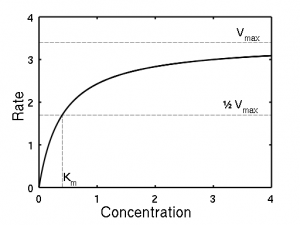 Here’s the all-grain formulation of Briggs-Haldane Barleywine. The wort for this barleywine is made by fully sparging the grain bed, and employing an extended boil to evaporate the excess water. You’ll need at least a 10-gallon (~40-L) kettle, but a 15-gallon (~60-L) kettle would be better. You only need about 7 gallons (26 L) of mash tun space, though. The long boil should darken the wort somewhat, and you can monitor how much color the boil develops, if you wish (see the options in the recipe). Remember that the long boil concentrates everything in the wort, not just the sugars. For that reason, don’t go overboard on mineral additions to your brewing liquor (water used to brew the beer with). Options for both continuous sparging and batch sparging are given.
Here’s the all-grain formulation of Briggs-Haldane Barleywine. The wort for this barleywine is made by fully sparging the grain bed, and employing an extended boil to evaporate the excess water. You’ll need at least a 10-gallon (~40-L) kettle, but a 15-gallon (~60-L) kettle would be better. You only need about 7 gallons (26 L) of mash tun space, though. The long boil should darken the wort somewhat, and you can monitor how much color the boil develops, if you wish (see the options in the recipe). Remember that the long boil concentrates everything in the wort, not just the sugars. For that reason, don’t go overboard on mineral additions to your brewing liquor (water used to brew the beer with). Options for both continuous sparging and batch sparging are given.
Don’t even think about not making the appropriately-sized yeast starter. This yeast strain will flocculate out early if underpitched, leaving a sticky-sweet mess of a beer. Pitched at the proper rate, it will ferment like a trooper.
Briggs-Haldane is an English-style barleywine with a complex malt character. It’s made with a blend of English pale ale malt and Munich malt, which gives it a rich, malty character. A little bit of wheat malt and a tiny amount of biscuit malt add some bready and cracker-like notes. The beer is not sweet, and it isn’t loaded with the strong caramel flavors found in some English barleywines. The beer is full-bodied, though, and this and the complex malt character is balanced by the hop bitterness (46 IBUs). The hop aroma is of “earthy” Fuggles hops. At 7.5% ABV, this is not the strongest English-style barleywine ever — but it really is flavorful and nicely balanced.

Recent Comments